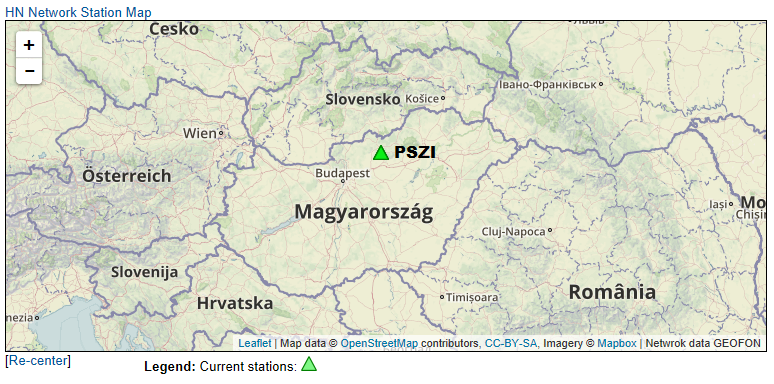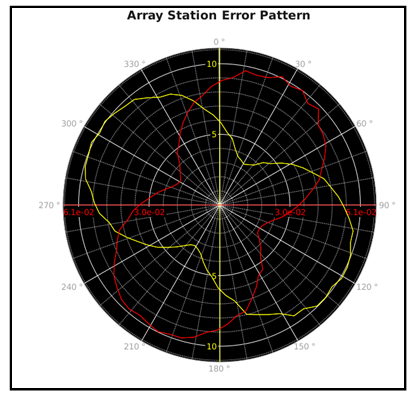The Piszkés-tető infrasound array (PSZI)
- Details
- Hits: 868
The Hungarian National Infrasound Network (HNIN, doi:10.14470/UA114590) was established by the Kövesligethy Radó Seismological Observatory, Research Centre for Astronomy and Earth Sciences of the Hungarian Academy of Sciences (MTA CSFK), Budapest, Hungary with the deployment of the Piszkés-tető (PSZI) infrasound array in 2017. The PSZI infrasound array is registered at the International Registry of Seismographic Stations, and the HNIN has the FDSN network code HN (https://geofon.gfz-potsdam.de/doi/network/HN).
The Piszkés-tető infrasound array is located in Northern Hungary, in the Mátra Mountains, at approximately 930 m above sea level. The array consists of four elements and has an aperture of approximately 300 m. Each element of the array is equipped with a SeismoWave MB3d microbarometer with a built-in digitizer. The central element of the infrasound array (PSZI1) is co-located with a permanent broadband seismological station, PSZ, jointly managed by the MTA CSFK Kövesligethy Radó Seismological Observatory and the GFZ German Research Centre for Geosciences. The site is covered with a temperate mixed forest with relatively dense undergrowth that helps to further reduce environmental noise.

|
The figure shows the elements of the array (red triangles) as well as the co-located seismic station, PSZ (blue circle). Note that the MTA CSFK owns the site and the fence around the site basically determined the actual geometry and the aperture of the array |
The figure shows that the effect of somewhat suboptimal geometry is apparent in the error distribution of azimuth and velocity estimations. |


